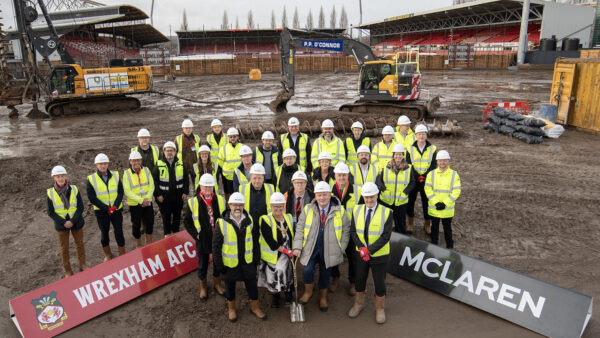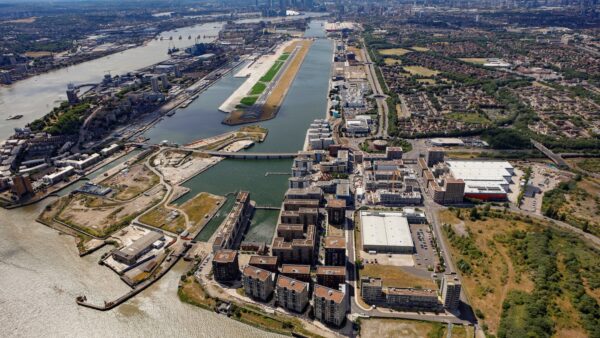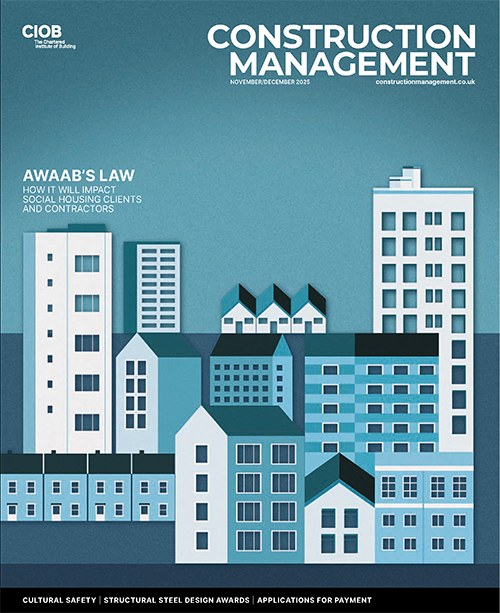
The Chartered Institute of Building (CIOB) has published new research on the construction industry’s capacity to meet key targets, including the delivery of 1.5 million new homes by 2029.
The report, Capacity Constraints in Construction: Rethinking the Business Environment, looks at some of the industry’s biggest challenges, including recruitment, training and retention.
The research also considers persistent volatility in the sector, which has led to hundreds of construction businesses collapsing each year, and the impact this has on the wider UK economy.
Commenting on the report, CIOB said it wants to impel policymakers and industry leaders to look beyond short-term fixes and explore longer-term solutions that not only alleviate immediate challenges, but shift the sector towards being more resilient, more progressive and more productive in the future.
David Barnes, head of policy and public affairs at CIOB, said: “The UK government’s 1.5 million new homes target over the five-year parliament has continued to receive a great deal of scrutiny, particularly on the construction sector’s capacity and capability to deliver.
“This report seeks to shift the dialogue from aspirational targets to understanding and analysing the deep and often challenging structural issues faced by the sector, which make it volatile and unstable.
“This detailed analysis of the sector showcases the need to change the business environment, and the report details the five key policy objectives we believe need focus to improve performance and reduce capacity constraints on the sector.”
Tackling capacity challenges
CIOB worked with economist Brian Green to compile the report, which aims to explain to policymakers how the current business environment for the industry is responsible for many of the ongoing issues it is facing. The report also explores how this can potentially be shifted to create a more stable environment for construction businesses of all sizes.
Green said: “Construction is regarded as the most volatile major sector of the economy and it repeatedly faces capacity challenges. This means firms within the sector shape themselves to withstand swings between having too much work and too little resource and having too little work and too much resource. It is inefficient and debilitating to the industry.
“Unsurprisingly, there have been multiple reports over many decades into the construction sector to solve the problems this causes. They have tended to focus on the symptoms of this volatility, suggesting solutions such as improved contractual arrangements, better training, technical solutions such as prefabrication, improved health and safety, or ways to improve the image of the industry. Implicit in many of these reports is the notion that firms within the industry are acting irrationally and need to change.
“This report takes a different tack. It assumes firms are likely to be responding rationally to their business environment. So it argues that rather than simply seeking to force changes on the industry, we should look to change the environment within which it operates. The industry and its firms would inevitably adapt of their own accord.
“These changes should include seeking ways to reduce the volatility and improvements to the institutional framework that determines what gets built where and when. Underpinning this, there should be greatly enhanced information to help steer decision-making.”
Comments
Comments are closed.












Great report it’s about time constructions issues were viewed from the other end of the telescope. Bravo 🙌